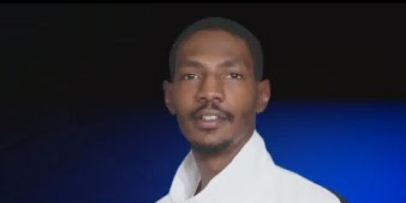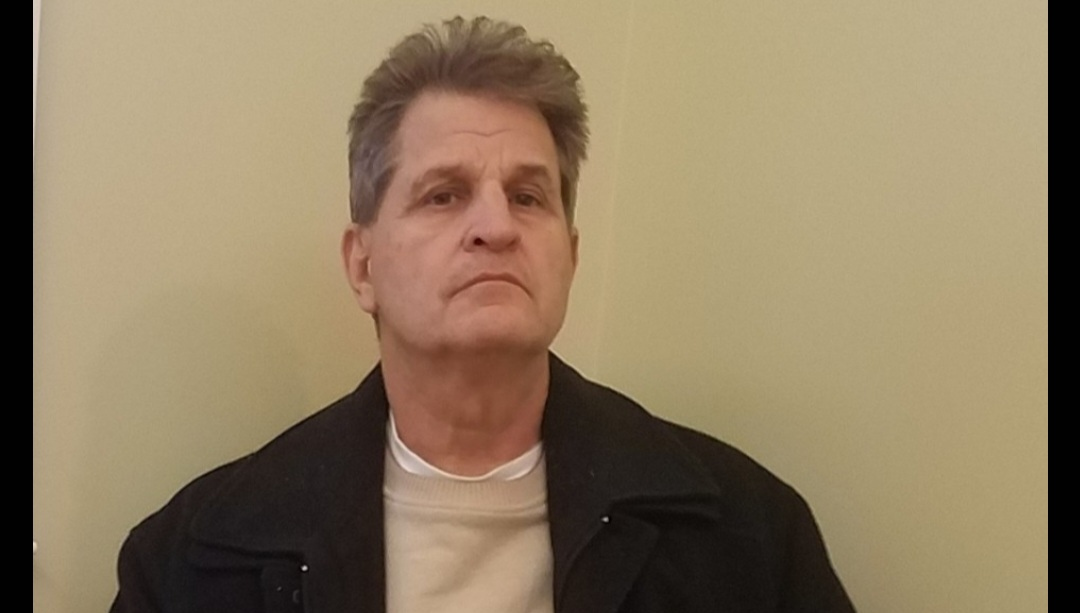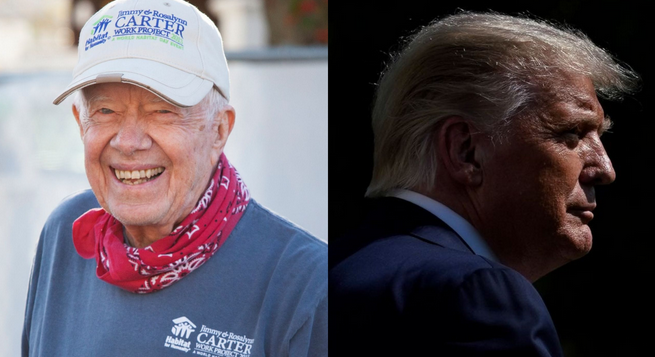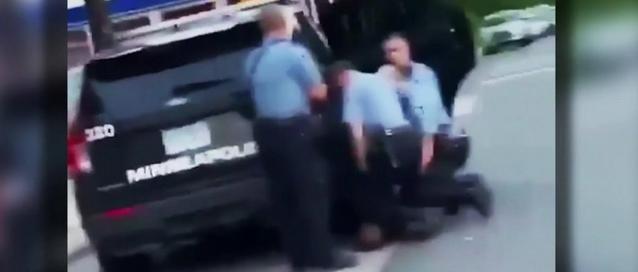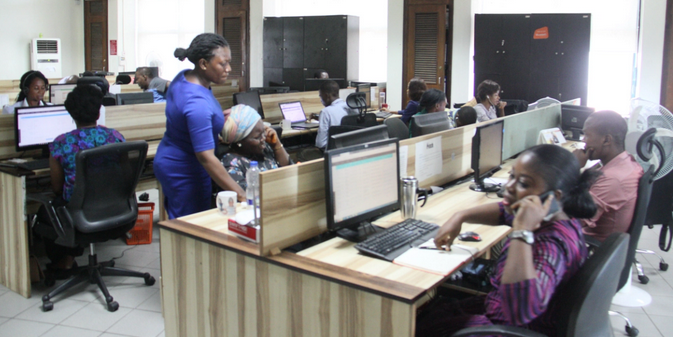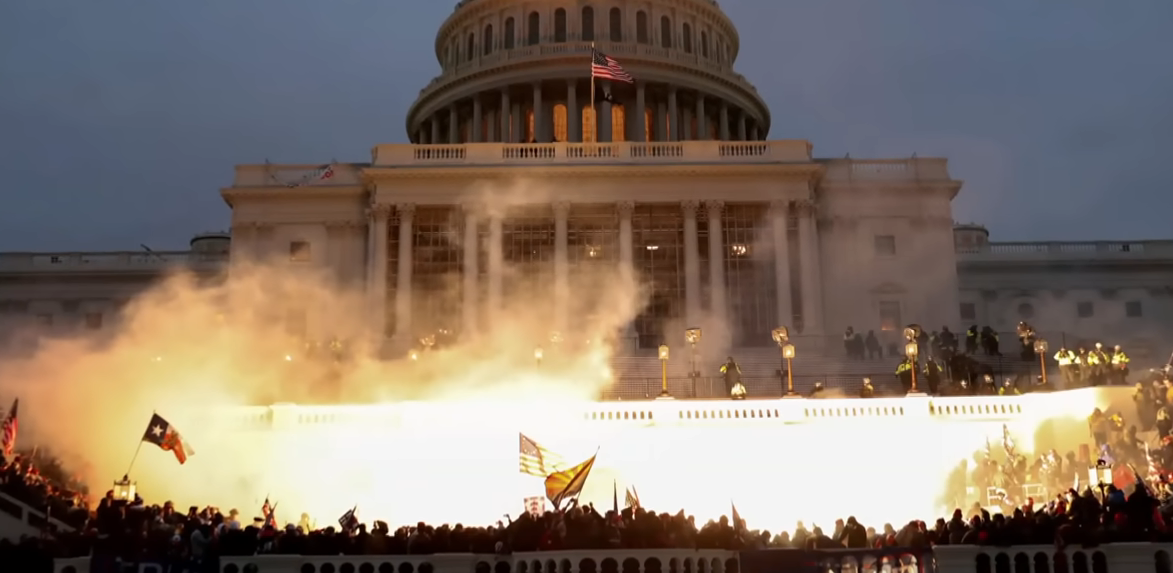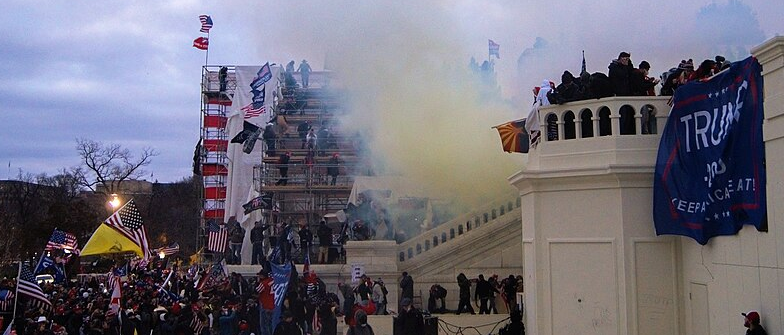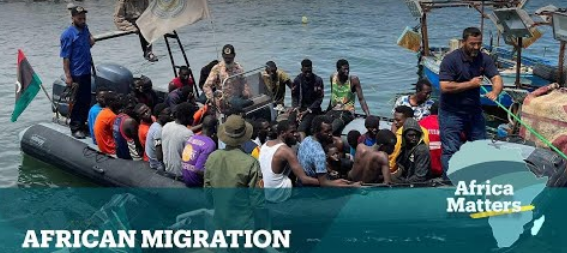Photos: YouTube\Wikimedia Commons
Nearly six years to the day after beloved St. Paul, Minn., school cafeteria worker Philando Castile was fatally shot by a police officer during an otherwise routine traffic stop, Jayland Walker died in a hail of bullets fired by police officers in Akron, Ohio.

While the full picture of that shooting is still emerging as I write this, one thing is clear: Six years and too many horrifying police killings after Castile’s unjustifiable killing, policymakers have yet to embrace a full transformation in public safety that we need to make all our communities safer and more just. Fortunately, a new road map has just been released to guide the path forward.
Whether the officer pulled Castile over for a broken taillight or racially profiled him for what one officer called his “wide set nose,” his stop set up the kind of deadly confrontation that should never have happened in the first place, one that could be prevented with systemic and cultural changes that enhance public safety for everyone, including officers.
How do we stop senseless police killings while making our communities safer for everyone?
First, we must overcome the myth that police accountability is somehow an obstacle to effective crime prevention. In fact, the opposite is true. Embracing a community-oriented public safety approach is the only way to make all our communities safer, because it allows police to focus on the serious crime-fighting work they are meant to do while diverting low-level concerns that come before them to unarmed responders, which immediately decreases the risk of violence.
I have devoted much of my life to fighting injustice in our broken criminal justice system. I’ve been a part of some hard-won successes, from abolishing the death penalty for juveniles in multiple states to ending the racial profiling policies known as stop-and-frisk in New York City. Shortly after the murder of George Floyd, I commissioned a group of the finest minds in criminology, law enforcement, public service, and community safety to create a comprehensive approach to end police violence.

The resulting blueprint, “All Safe: Transforming Public Safety,” identifies four key areas for policy actions: 1) restructure public safety systems by creating a division of alternative unarmed responders; 2) hold bad officers accountable; 3) establish reliable processes to permanently remove officers who are unfit for duty; and 4) recruit better officers who do not display authoritarian behaviors and values. Detailed recommendations in each of these areas are drawn from expert interviews, empirical research, and case studies.
Importantly, these policy changes would lead to changes in police culture, where a militarized “warrior” mentality has encouraged a destructive authoritarian approach to policing.
With 18,000 local police departments across the country, public safety is inherently a local responsibility, and that is where we must demand leadership. We offer “All Safe” as a handbook to help mayors and other local officials make common-sense shifts in policies and practices. The good news is we’re already seeing this happen in cities across the country, from Ithaca, N.Y., to Berkeley, Calif.
And we can find examples of this leadership in the heartland too. In Brooklyn Center, Minnesota, which saw the police shooting of Daunte Wright, Mayor Mike Elliot is forging a path to transformation that follows the recommendations from the report. After a thorough audit of the city’s 911 calls, Mayor Elliott learned that only 22% of those calls were crime-related. Police were being sent to handle everything from a mental health crisis to a noise complaint to a fender bender that required a police report. Why not, he asked, send those kinds of calls to unarmed responders, such as social workers and mental health specialists who are trained to support people in crisis?

Brooklyn Center is one of a growing number of cities where residents are recognizing that we need more pragmatic ways to handle the myriad of nonviolent situations that land on the shoulders of armed police who are not equipped or trained to handle them.
No one should have to die because of a broken taillight or an air freshener dangling from their car mirror.
The years that have passed since Philando Castile’s killing testify to the challenges of building consensus for constructive change, especially in the face of heated rhetoric and powerful police unions. Amid a fear of rising crime, some public officials are calling for even more resources into a fatally flawed system.
That would be a terrible mistake. More money for more of the same policing will bring us greater human tragedy without greater safety. It is time to reject false choices and embrace the transformative change that will make us all safe. There is a path. We need to take it.

This commentary was originally published by the Minnesota Reformer.
